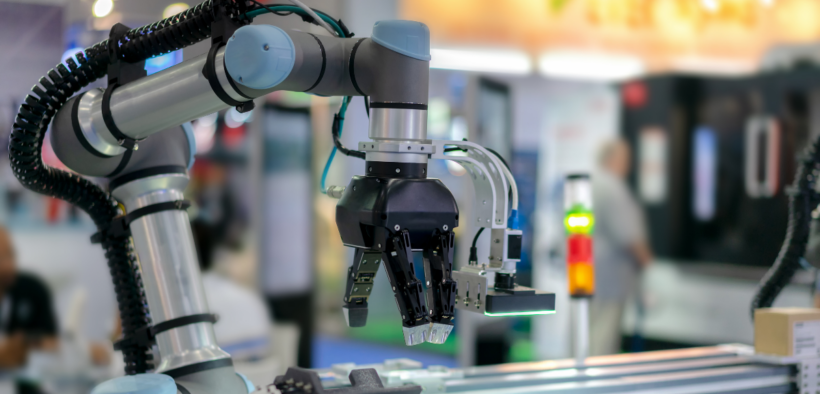In the pulsating heart of the modern supply chain ecosystem, a technological revolution is quietly unfolding, reshaping the landscape in ways unimaginable just a few years ago. The rise of autonomous vehicles is not merely a trend; it’s a paradigm shift that promises to redefine the very essence of supply chain management. In this opinion piece, we explore the transformative power of autonomous vehicles and the implications they hold for the future of logistics.
The Autonomous Advantage
As autonomous vehicles weave their way into the supply chain tapestry, the foremost advantage that emerges is unparalleled efficiency. From self-driving trucks to autonomous drones, these vehicles operate with clockwork precision, eliminating human constraints such as fatigue and human error. The result is a supply chain that moves seamlessly, unlocking new levels of speed and accuracy that were once considered unattainable.
The Human Touch vs. Machine Precision
While concerns persist about the safety of autonomous vehicles, the reality is that machines, guided by sophisticated algorithms and sensors, often outperform their human counterparts. With the ability to react in milliseconds and a lack of emotional factors influencing decision-making, autonomous vehicles have the potential to significantly reduce accidents and enhance overall safety in the supply chain.
Drones and Delivery Robots Take Flight
In the race to conquer the last mile, drones and delivery robots emerge as the vanguard of change. Autonomous aerial vehicles promise swift and direct delivery, overcoming the challenges posed by traditional ground transportation. From medical supplies to consumer goods, the last mile revolution is not just about speed but also about unlocking new possibilities for timely and precise deliveries.
The Multi-Modal Future
The impact of autonomous vehicles extends beyond highways and byways. Ports, warehouses, and distribution centres stand to benefit from the integration of autonomous technology across various modes of transportation. From autonomous cranes to self-navigating forklifts, the multi-modal future of autonomous vehicles promises a seamless and interconnected supply chain ecosystem.
The rise of autonomous vehicles heralds a new era in supply chain management—one defined by efficiency, safety, and innovation. As technology matures and stakeholders navigate the challenges ahead, the transformative power of autonomous vehicles is set to revolutionize the way we think about and execute logistics. The road ahead may be winding, but it’s paved with the promise of a more connected, efficient, and dynamic supply chain landscape. Embracing this transformative wave is not just an option; it’s a strategic imperative for those who seek to drive the future of supply chain management.


























































Follow us on social media